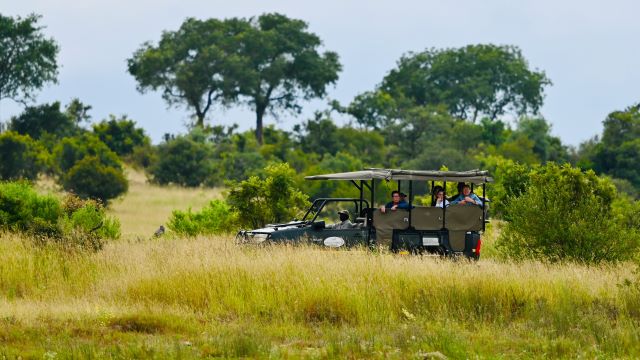In Eswatini, a kingdom tucked between South Africa and Mozambique, the landscape tells its own story. Rolling hills yield to savannah, wetlands stretch toward acacia forests, and rivers cut across valleys where wildlife still roams with remarkable freedom. For a nation small in size, Eswatini holds a place of quiet distinction on the safari map of Southern Africa.
The country’s protected areas form the backbone of its conservation efforts and provide the stage for unforgettable encounters. At Hlane Royal National Park, the air is often thick with dust and anticipation, as herds of elephants converge at waterholes and prides of lions sprawl in the grass under the midday sun. In Mlilwane Wildlife Sanctuary, zebras graze beside impalas while hikers trace trails through grassland dotted with aloes and cycads. Each reserve offers its own rhythm, blending raw wilderness with a sense of intimacy that larger parks sometimes lack.
Birdlife adds its own spectrum of color and sound. The critically endangered white-backed vulture circles above the plains, while the violet-eared waxbill flashes jewel-like hues in the low scrub. Such sightings reward both the seasoned ornithologist and the casual wanderer, a reminder of Eswatini’s biodiversity concentrated in a landscape compact yet varied.
Guides, many of them trained in local traditions as well as ecological sciences, bring a depth of interpretation to these tours. They explain not only the behaviors of animals but also the fragile balance that sustains them. The story of the land is never just natural—it is also cultural.
Cultural heritage threads itself into the safari experience. Visitors to Eswatini often encounter performances of traditional Swazi dance, meals of maize-based staples served with stews, or guided visits to homesteads where daily life unfolds much as it has for generations. Wildlife and community, ecology and tradition, coexist in ways that are inseparable. The rhythm of the drum and the rustle of grass in the wind seem part of the same continuum.
The range of safari options reflects Eswatini’s versatility. Open-vehicle game drives provide sweeping views of savannah and riverine forest. Walking safaris, conducted under the careful watch of guides, reveal details often missed from a vehicle—the spoor of a hyena, the medicinal use of a wild plant. For those seeking something still more unusual, horseback safaris carry riders across grasslands at a pace that matches the herds around them.
Evenings settle into quiet elegance. Lodges and tented camps, some designed with understated luxury and others with rustic simplicity, offer comfort at the edge of the wild. As the sun dips below the horizon, the sky turns to deep orange, then violet, and finally indigo. In those moments, Eswatini feels at once remote and deeply connected to something enduring.
In a region where safari tourism often gravitates toward the vastness of South Africa or the spectacle of Botswana, Eswatini offers something different—an intimacy of scale, a sense of discovery, and a balance between wilderness and cultural life. The promise here is not only of sightings but of immersion, where the memory of an elephant’s silhouette at dusk lingers alongside the echo of a drumbeat heard in the village beyond.
Sources:
- Eswatini Tourism Authority. Wildlife and Nature in Eswatini. Mbabane, 2023.
- Hlane Royal National Park, Official Guide. Big Game Parks of Eswatini, 2022.
- International Union for Conservation of Nature (IUCN). Status of African Vultures. Gland, 2021.
- Taylor, Michael. “Conservation and Culture in Southern Africa’s Smallest Kingdom.” Journal of African Travel and Tourism, vol. 15, no. 2, 2022.


